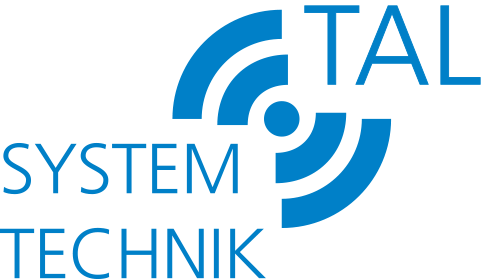Building and Maintaining a Good Credit Score: Key Strategies
Your credit score plays a critical role in many aspects of your financial life. It determines whether you can secure a loan, obtain favorable interest rates, rent an apartment or even get a job. Therefore, it is essential to build and maintain a good credit score. Here are some key strategies to help you achieve this goal.
1. Pay your bills on time
One of the most crucial factors in determining your credit score is your payment history. Late payments can significantly impact your credit score and remain on your credit report for years. Therefore, it is vital to pay your bills on time, including credit card payments, loans, rent, and utilities. Consider setting up automatic payments or creating reminders to avoid missing any payments.
2. Keep credit card balances low
High credit card balances, also known as credit utilization, can negatively impact your credit score. Aim to keep your balances below 30% of your available credit limit. If possible, pay off your balances in full each month. This demonstrates responsible credit usage and can help boost your credit score over time.
3. Use a mix of credit
Having a mix of different types of credit, such as credit cards, loans, and mortgages, can positively affect your credit score. Lenders like to see that you can handle multiple types of credit responsibly. However, be cautious about opening too many new accounts at once, as this can negatively impact your score.
4. Monitor your credit report regularly
It is essential to review your credit report regularly to ensure there are no errors or fraudulent activities. Request a free copy of your credit report from each of the three major credit bureaus (Experian, Equifax, and TransUnion) once a year. Carefully review the report for any inaccuracies or unfamiliar accounts. If you find any errors, report them to the credit bureau immediately to have them corrected.
5. Limit opening new credit accounts
Opening too many new credit accounts in a short period can make potential lenders wary. Each time you apply for new credit, it triggers a hard inquiry on your credit report. Multiple inquiries within a short period can lower your credit score. Only open new credit accounts when necessary and be mindful of the impact it may have on your credit score.
6. Stay away from payday loans
Payday loans often carry extremely high interest rates and fees, making them a risky option. These types of loans are not reported to credit bureaus unless you default, which means they won’t help you build credit. Instead, focus on establishing and maintaining more traditional types of credit, such as credit cards and installment loans.
7. Be strategic about closing accounts
Closing credit card accounts might seem like a good idea, especially if you’re not using them. However, closing an account can impact your credit utilization ratio and, consequently, your credit score. If you decide to close an account, consider paying off balances on other cards first to minimize the impact on your score.
8. Be patient and consistent
Building and maintaining a good credit score takes time and consistent efforts. It requires responsible credit usage over an extended period. Be patient and avoid quick-fix schemes promising overnight results. Focus on developing healthy financial habits, such as budgeting, saving, and establishing a long track record of on-time payments.
Your credit score is an essential financial tool and can significantly impact your financial future. By following these key strategies, you can steadily build and maintain a good credit score. Remember to pay your bills on time, keep credit card balances low, monitor your credit report, and be strategic about opening and closing credit accounts. By implementing these practices, you’ll be on your way to financial success.










